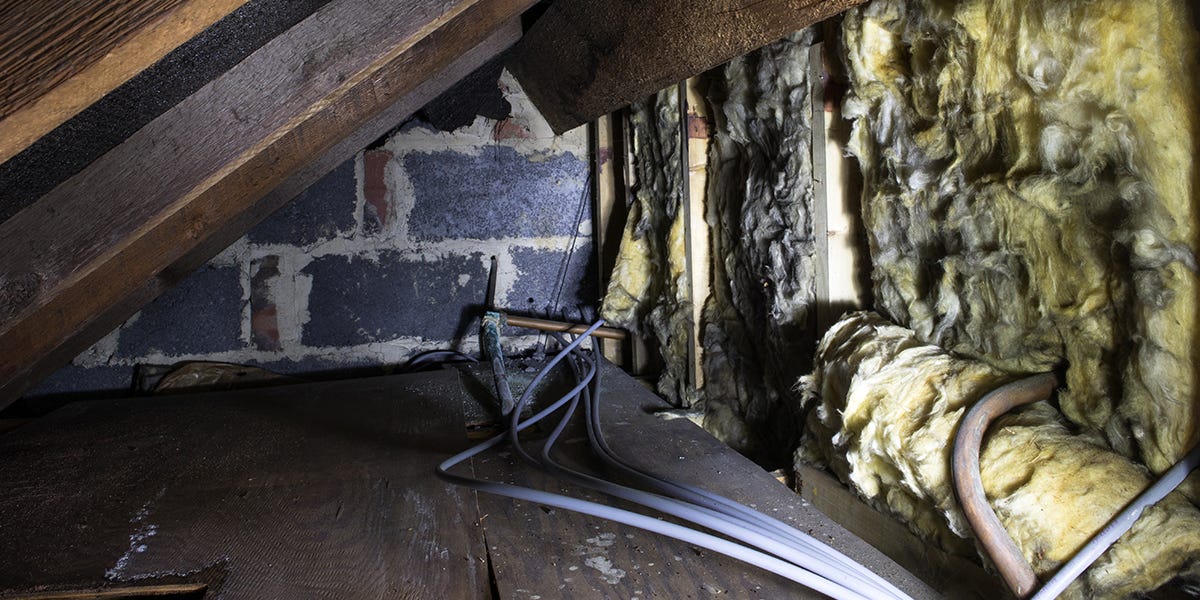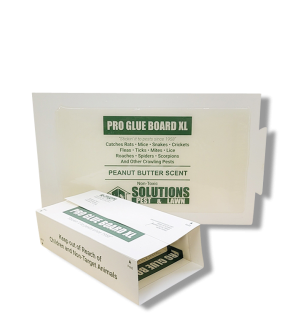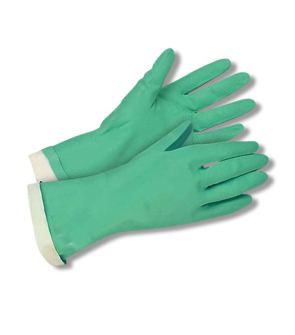Gain access to personalized product screening, the best pricing, rewards, and more!
Most Effective Products
Crawlspace Pest Control Tips
This page is a general DIY guide that will help to control and prevent insects like termites, cockroaches, ants, bees, wasps, and mammal pests such as rats, mice, squirrels, and bats from invading your homes crawlspace. Using the products and methods suggested in this article will guarantee 100% control of pest infestations within crawlspace areas.
Controlling humidity is often the most thought of issue with crawlspace areas for homeowners. However, crawl spaces are also susceptible to pest infestations such as rats, mice, squirrels, bats, bees, wasps, cockroaches, ants, and termites. In older homes, crawlspaces is the space between the floor of the building and soil where mechanical objects like electrical wiring and plumbing are hidden. Other forms of crawlspaces are attics, underneath porches, underneath garages, and other enclosed areas.
Nonetheless, each pest species has their own set of concerns and amount of damage they can inflict for homeowners. Besides creating holes to health hazards with their defecation these pests can entice other members of its species to invade the crawlspace area. Once insects and rodents have made their way into your crawlspace they will destroy your homes insulation, eat through wiring and foundation, and infect plumbing.
Ignoring pest infestations and focusing mainly on humidity levels within crawlspace locations proves to be unsuccessful. Maintaining both of these situations will be needed to entirely remove insect and mammal infestations from your homes crawlspace. Our DIY guide was composed by past experiences that previous homeowners have come across and by following these tips and products you can prevent or control infestations in crawlspace locations.
Seal All Openings

Needless to say, insects can easily find their way into your home through the smallest of openings, including rodents. Rodents such as mice and rats can squeeze through a hole the size of a nickel while rats can fit into a opening the size of a quarter. If there is existing holes, gaps, or weakness in homes foundation then other pest such as squirrels or bats can find their way inside.
Prevent these infestations by examining the inside and outside of homes for any gaps, holes, or cracks. You will need to look around windows, door frames, pipes under sinks and going to hot water heaters, around air conditioning vents, inside the attic and basement, and around the homes foundation.
Fill these holes, cracks, and gaps with copper mesh and caulk. If you have larger voids that cannot be filled with caulk or copper mesh then you will need to cover it with plywood until it can be fixed.
Address Moisture Issues

Pest infestations are often signs of moisture issues within the interior of the home, which is commonly found in crawlspaces. When these infestations take place it is important to address the moisture issue. Signs of moisture issues in crawlspaces can be indicated by foul musty odors, mold, dampness, evaporation, small pools of water, and excessive pest droppings in one location.
You will need to repair pipes, plumbing, ventilation, and other parts of your homes if needed to eliminate moisture leakage. Excessive pools of run-off can be addressed by directing rain gutters away from the foundation of home. You may also need to install a dehumidifier to soak and control dampness in attics and basements.
Set Traps
Depending on the pest infestation, you will need to set the appropriate trap. Traps for insects, rats, and mice require glue traps like Solutions Pro Rat Glue Board XL whereas animal pests like squirrels need humane live traps.
When setting either trap, wear the appropriate personal protective equipment (PPE) like gloves to protect yourself and mask your scent from pest. If rodent infestations smell your scent then they will avoid the trap for some time. Position the Solutions Pro Rat Glue Board XL or Solutions Humane Live Animal Trap against the side of the crawlspace wall. You may set the humane live animal trap outside, but it will need to be against the side of the foundation wall that receives consistent shade. If left out in the sun for too long then the trapped animal can perish from dehydration or heat stress.
Check the traps on a daily basis to replace bait the inside. This also includes Solutions Pro Rat Glue Board XL, which can hold large amount of insect and rodent pests. To increase effectiveness, it is best to replace glue tray traps on a daily basis to avoid dead rodent odors.
Treat Perimeter with Insecticide
Be proactive, even if you are not seeing any pest infestations within crawlspaces it is best to apply a long-lasting residual insecticide. Insecticides such as Supreme IT is designed to treat over 70 types of pests and continual to fight against infestations for as long as 90 days. By eliminating insects you also help to deter bats from invading your crawlspaces and property.
It is best to perform a exterior perimeter treatment against the homes foundation and broadcast across yard at the beginning of spring, summer, and fall as this is when activity is the highest. Determine how much Supreme IT to use by calculating the square footage of your treatment site. To find this, measure the length and width of the treatment area and multiply (length X width = square footage). For a general application, apply 1 oz. of Supreme IT per gallon of water per 1,000 sq. ft.
To perform a perimeter treatment, spray 3 feet up and 3 feet out from the foundation of your home. While spraying, treat the window frames, door frames, eaves, soffits, rain gutters, cracks and crevices, and electrical and plumbing penetrations. To perform a broadcast treatment, adjust the nozzle to a fan-spray setting and spray from the back to the front of the lawn. Make sure to spray the top and bottom of leaves until wet, but not to the point of run-off.
Keep-Up Maintenance
Most homeowners believe that removing clutter and debris is enough to keep pests out of crawlspaces. However, this cleaning continues into yard maintenance of home. Overgrown foliage and excess of plant debris like fallen leaves attracts pests due to the potential of moisture and shelter. Shade produced from tall plant branches and leaves creates moisture.
To remove these conditions, you will need to mow when your grass exceeds a height of 3 inches. Trim and prune overgrown or decaying plant branches and leaves. Ensure that plant branches are not touching the surface of homes wall or roof as this can help pest to travel.
Key Takeaways
What Pest Invades Attics, Basements, and other Crawlspace areas
- Pests such as rats, mice, ants, cockroaches, squirrels, bats, bees, and wasps invade and infest attics, basements, underneath porches, and other crawl space areas of homes.
How to Get Rid of Crawlspace Pest
- We recommend using long-lasting insecticides like Supreme IT, Solutions Pro Rat and Mouse Glue Board XL, and Solutions Humane Live Animal Trap.
How to Prevent Crawlspace Pest Reinfestation
- Prevent pests from invading crawlspaces of your home by sealing cracks and crevices with caulk and copper mesh, reapplying Supreme IT, and maintaining yard by mowing and trimming.














